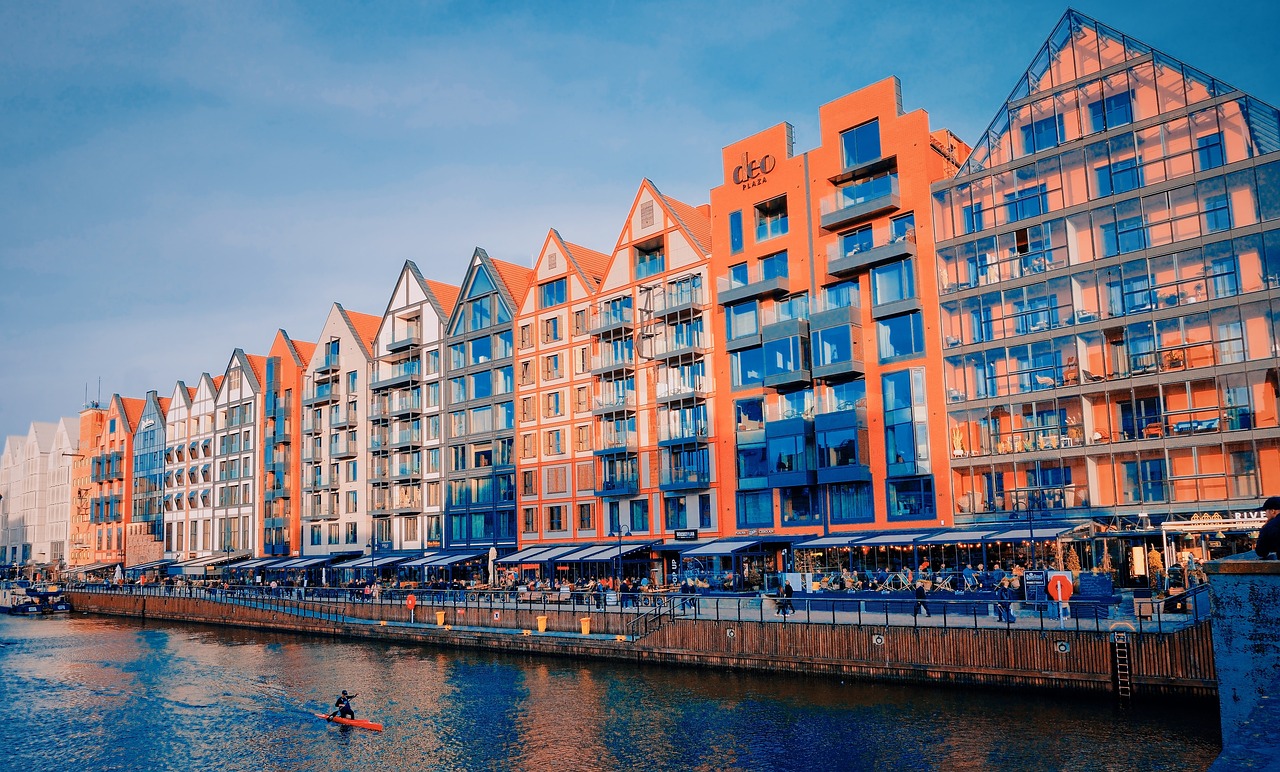Strategies for Reducing Energy Consumption in IT Infrastructure: Betbhai com whatsapp number, Playexch, Lotus365 in login password
betbhai com whatsapp number, playexch, lotus365 in login password: In today’s technologically advanced world, IT infrastructure plays a pivotal role in the operations of businesses of all sizes. However, the energy consumption associated with running IT infrastructure can be a significant expense and environmental concern. Finding ways to reduce energy consumption in IT infrastructure is not only beneficial for cost savings but also for sustainability efforts. In this blog post, we’ll explore some strategies for reducing energy consumption in IT infrastructure.
Optimize Data Center Cooling
One of the biggest energy consumers in IT infrastructure is data center cooling. By optimizing the airflow and temperature in data centers, businesses can significantly reduce energy consumption. Implementing efficient cooling systems, such as hot and cold aisle containment, can help reduce the energy needed to keep servers at the optimal temperature.
Virtualization
Virtualization technology allows businesses to run multiple virtual servers on a single physical server, reducing the number of physical servers needed. This consolidation helps to decrease energy consumption and resource utilization, leading to cost savings and reduced environmental impact.
Energy-Efficient Hardware
Investing in energy-efficient hardware, such as servers, storage devices, and networking equipment, can help reduce energy consumption in IT infrastructure. Look for ENERGY STAR certified products and equipment with high Energy Efficiency Ratings (EER) to ensure maximum energy savings.
Power Management Tools
Implementing power management tools can help businesses monitor and control energy usage in IT infrastructure. These tools allow for power optimization settings, such as sleep mode and automatic shutdown, to minimize energy consumption during periods of low activity.
Cloud Computing
Migrating to cloud computing services can help businesses reduce their energy consumption by outsourcing IT infrastructure to cloud service providers. Cloud services are typically more energy-efficient and resource-effective, leading to lower energy costs and environmental impact.
Renewable Energy Sources
Consider utilizing renewable energy sources, such as solar or wind power, to power IT infrastructure. Generating clean energy on-site or purchasing renewable energy credits can help businesses reduce their carbon footprint and energy costs.
Frequently Asked Questions (FAQs):
Q: What are the benefits of reducing energy consumption in IT infrastructure?
A: Reducing energy consumption in IT infrastructure can lead to cost savings, improved sustainability efforts, and a reduced environmental impact.
Q: How can I measure energy consumption in IT infrastructure?
A: Businesses can utilize energy monitoring tools and software to measure and track energy usage in IT infrastructure accurately.
Q: Are there any government incentives for reducing energy consumption in IT infrastructure?
A: Yes, some governments offer tax incentives and rebates for businesses that implement energy-efficient practices in their IT infrastructure.
In conclusion, implementing strategies for reducing energy consumption in IT infrastructure is not only beneficial for cost savings but also for sustainability efforts. By optimizing data center cooling, virtualizing servers, investing in energy-efficient hardware, utilizing power management tools, migrating to the cloud, and incorporating renewable energy sources, businesses can effectively reduce their energy consumption and environmental impact.







